#chanson de geste
Text
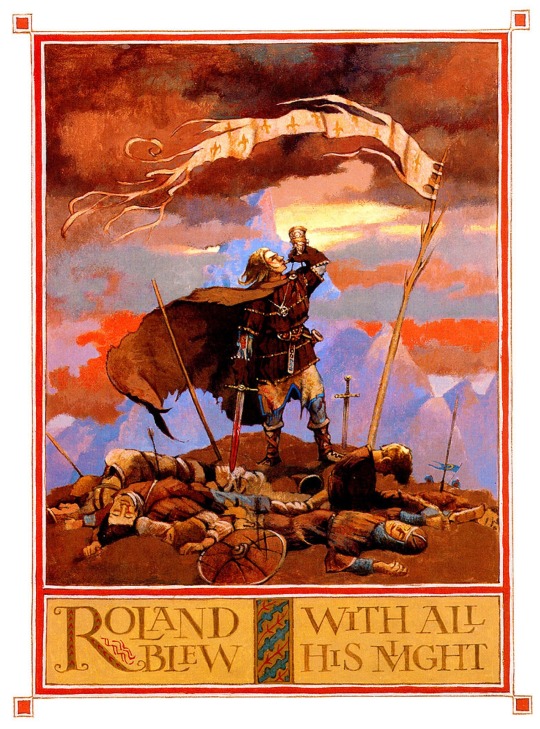
The Song of Roland by Troy Howell
#song of roland#chanson de roland#art#roland#frankish#franks#battle of roncevaux pass#chanson de geste#medieval#europe#european#chivalry#chivalric romance#history#knights#knight#carolingian#france#middle ages#olifant#durendal#veillantif#pyrenees#roncevaux pass#spain#charlemagne#paladin#paladins#troy howell
223 notes
·
View notes
Photo

“And remember, Sancho, no man is more than another unless he does more than another”.
- Miguel de Cervantes, Don Quixote.
#Cervantes#Don Quixote#chivalry#romance#epic#chanson de geste#medieval#hero#hero's journey#Joseph Campbell#Myth#Sancho#hidalgo#nobility#Beau geste#responsibility#facta non verba
86 notes
·
View notes
Text


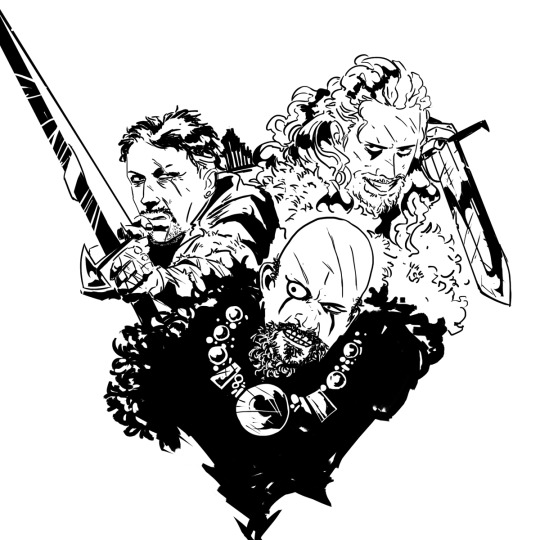
These sketches are from 2019, but the idea behind is something I've been thinking about since I was in my teens. One of my "dream projects" is a BIG comic retelling of the Chanson De Geste, medieval french literature focusing on Charlemagne's Paladins and their adventures, and the Orlando Furioso, a 15th italian poem who itself was a parody of previous epic stories.
My idea was to retain the core characters and situation, but give them a Robert E. Howard kind of spin, action and blood, lavishly illustrated. One day, before the heat death of the universe.
34 notes
·
View notes
Text
Farmer Giles of Ham by J.R.R. Tolkien with illustrations by Pauline Diana Barnes.

"The farmer went about with a high step, and luck smiled on him. The autumn and early winter work went well. All seemed set fair, until the dragon came."



#j. r. r. tolkien#quote#illustration#pauline diana barnes#literature#farmer giles of ham#bauer giles von ham#lotr#fantasy#dragon#chanson de geste#tolkien
25 notes
·
View notes
Text
youtube
Song: "Chanson de geste". Author: Emanuela Rabińska
0 notes
Text
i always laugh at playlists with titles like "songs that would kill a medieval peasant" not only because most times they suck but also because medieval people were out there in the square listening for hours to la chanson de roland where the title character roland blows the olifant to alert charlemagne so hard that his temples explode while he vomits blood and then dies and you really think phoebe bridgers would move them
#i say roland bc from what i remember it was one of the most popular ones#whereas other chansons de geste were more aristocratic
3K notes
·
View notes
Photo
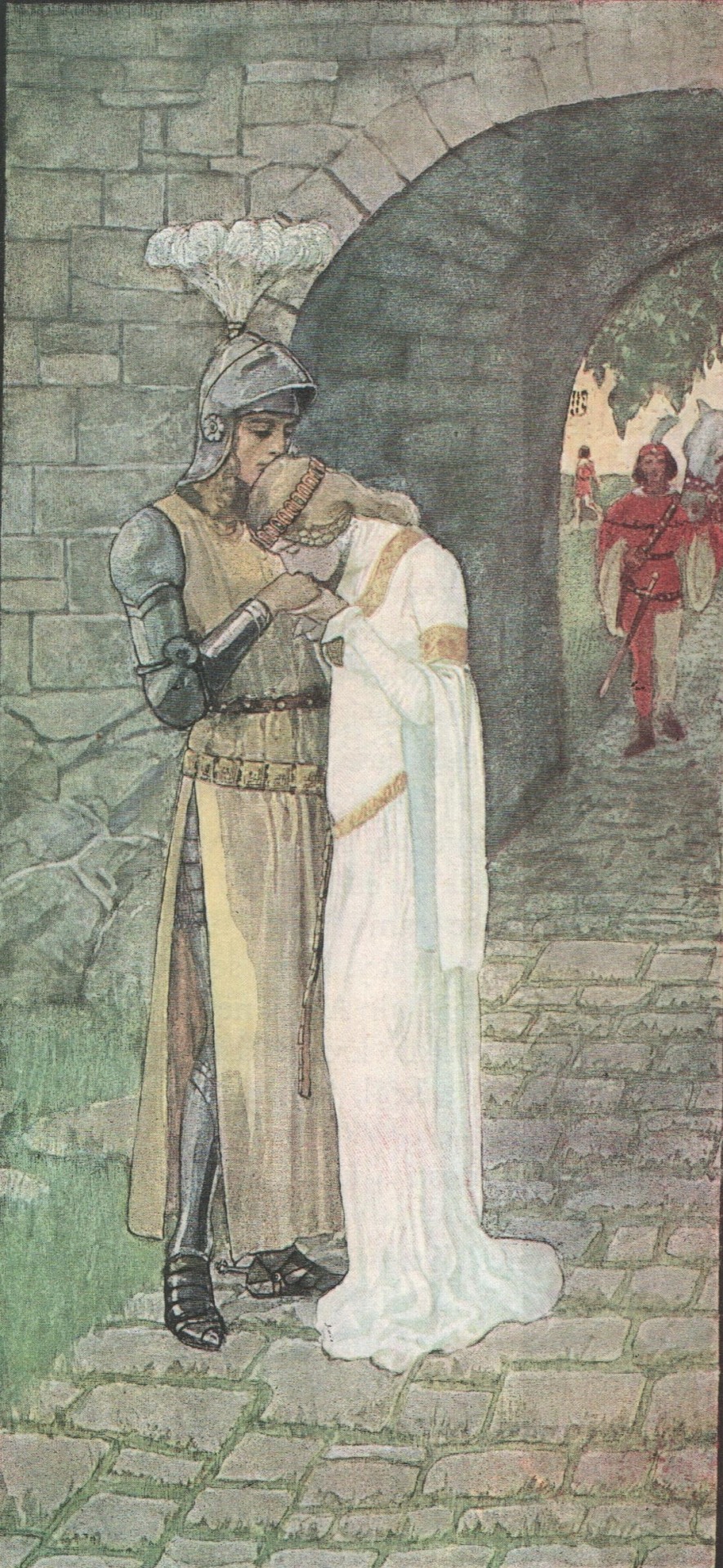

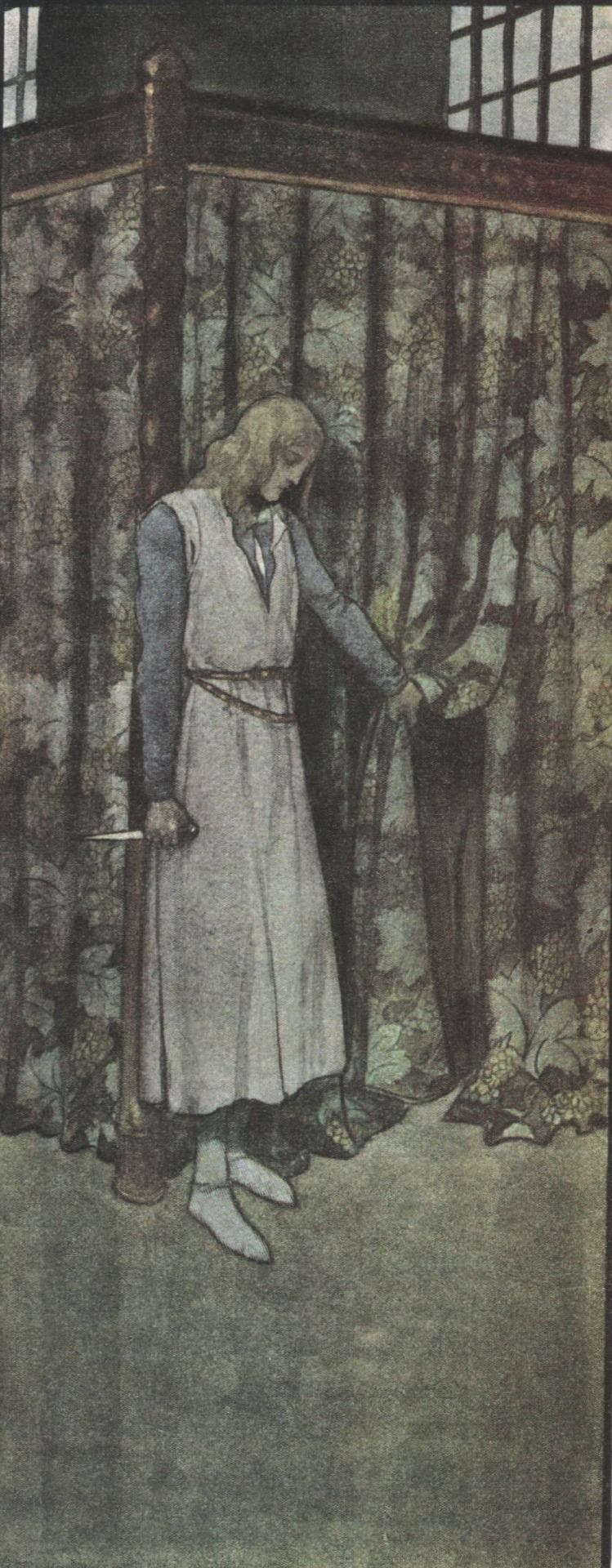
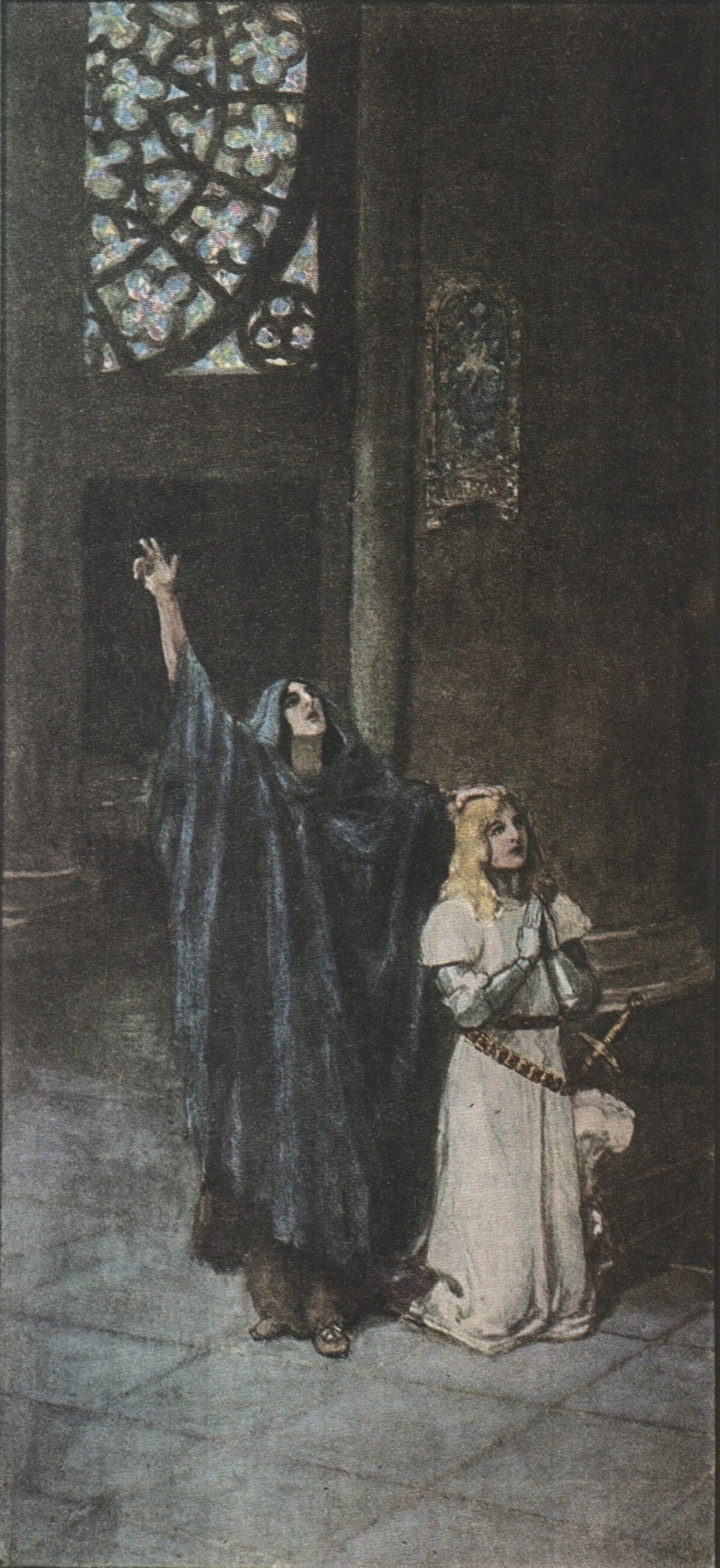
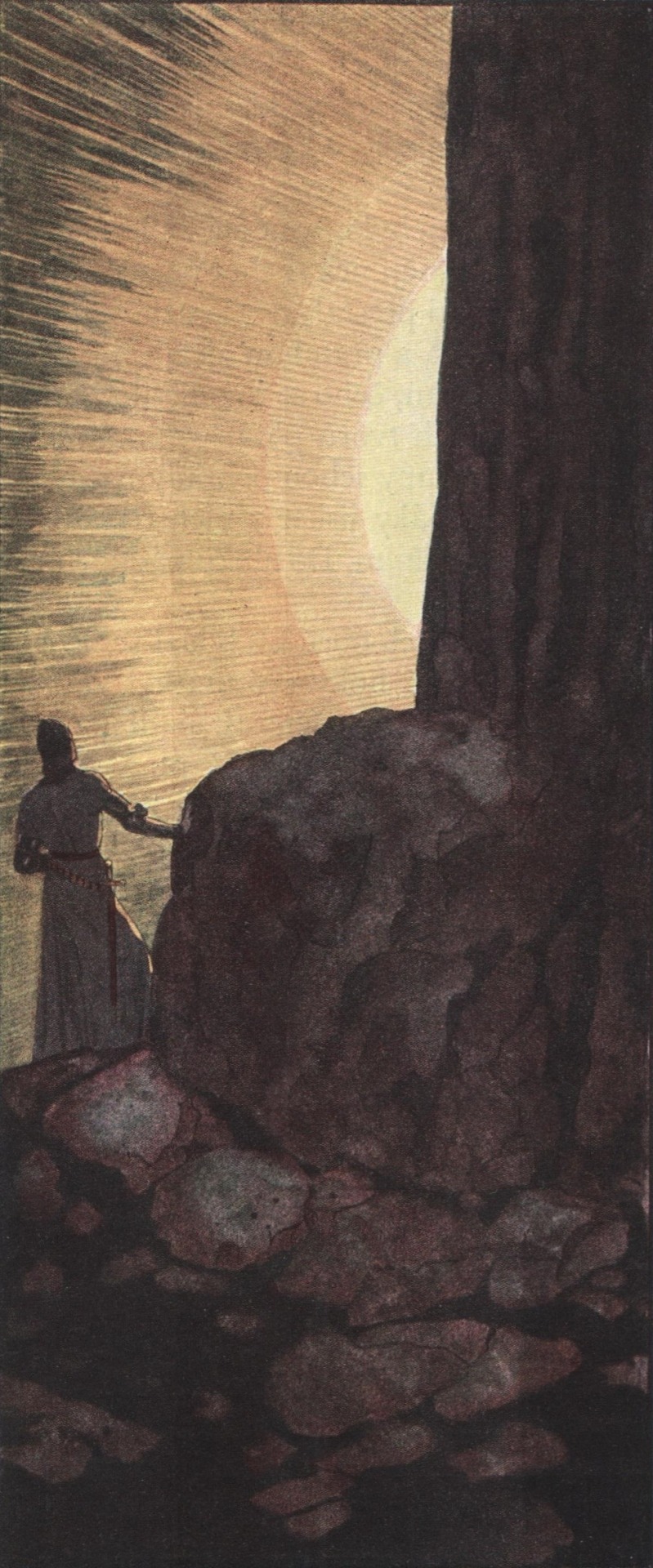


Illustrations of the Julius Zeyer’s Román o věrném přátelství Amise a Amila (1880) by Artuš Scheiner, part 1.
#artuš scheiner#julius zeyer#amis et amiles#ami et amile#amis and amiloun#chansons de geste#art#symbolist art#symbolism#secession#romanticism#new romantics#medievalism#illustration#literature#i love it personally
3K notes
·
View notes
Text






























Borderlands 2 // Borderlands The Pre Sequel // Tales from the Borderlands // Albert Camus, The Plague // To a Jilted Lover by Sylvia Plath // illustrations to La Chanson De Roland by J.-G. CORNELIUS // Book of Isaiah by Anne Carson // Litany in Which Certain Things Are Crossed Out by Richard Siken // Roland at Roncesvalles, Odilon Redon // You Are Jeff by Richard Siken // The Song of Roland translated by Jessie Crosland // The Iliad translated by Emily Wilson
#borderlands 2#handsome jack#roland borderlands#parallels#this was revealed to me in a dream#Roland is a hero of chanson de geste stuck in a space western#* in roman's roy voice* can we get him out#you know. Jack is the dragon. Roland is the knight.#Pandora is the god saving the fire.#you get it
39 notes
·
View notes
Text

In the chanson de gest "Le Couronnement de Louis", the main character fights with the Saracen champion Korsolt, whose brows are one feet apart, a fathom between his shoulders, his armor has to be carried by 12 people. And when the main character Guillaume Short Nose kills him, he takes his horse and uses it himself. And I couldn't help but think about how this giant looks on an appropriately sized horse.
2 notes
·
View notes
Text
So here's one of the coolest things that has happened to me as a Tolkien nut and an amateur medievalist. It's also impacted my view of the way Tolkien writes women.
Here's Carl Stephenson in MEDIEVAL FEUDALISM, explaining the roots of the ceremony of knighthood:
"In the second century after Christ the Roman historian Tacitus wrote an essay which he called Germania, and which has remained justly famous. He declares that the Germans, though divided into numerous tribes, constitute a single people characterised by common traits and a common mode of life. The typical German is a warrior. [...] Except when armed, they perform no business, either private or public. But it is not their custom that any one should assume arms without the formal approval of the tribe. Before the assembly the youth receives a shield and spear from his father, some other relative, or one of the chief men, and this gift corresponds to the toga virilis among the Romans--making him a citizen rather than a member of a household" (pp 2-3).
Got it?
Remember how Tolkien was a medievalist who based his Rohirrim on Anglo-Saxon England, which came from those Germanic tribes Tacitus was talking about?
Stephenson argues that the customs described by Tacitus continued into the early middle ages eventually giving rise to the medieval feudal system. One of these customs was the gift of arms, which transformed into the ceremony of knighthood:
"Tacitus, it will be remembered, describes the ancient German custom by which a youth was presented with a shield and a spear to mark his attainment of man's estate. What seems to the be same ceremony reappears under the Carolingians. In 791, we are told, Charlemagne caused Prince Louis to be girded with a sword in celebration of his adolescence; and forty-seven years later Louis in turn decorated his fifteen-year-old son Charles "with the arms of manhood, i.e., a sword." Here, obviously, we may see the origin of the later adoubement, which long remained a formal investiture with arms, or with some one of them as a symbol. Thus the Bayeux Tapestry represents the knighting of Earl Harold by William of Normandy under the legend: Hic Willelmus dedit Haroldo arma (Here William gave arms to Harold). [...] Scores of other examples are to be found in the French chronicles and chansons de geste, which, despite much variation of detail, agree on the essentials. And whatever the derivation of the words, the English expression "dubbing to knighthood" must have been closely related to the French adoubement" (pp 47-48.)
In its simplest form, according to Stephenson, the ceremony of knighthood included "at most the presentation of a sword, a few words of admonition, and the accolade."
OK. So what does this have to do with Tolkien and his women? AHAHAHAHA I AM SO GLAD YOU ASKED. First of all, let's agree that Tolkien, a medievalist, undoubtedly was aware of all the above. Second, turn with me in your copy of The Lord of the Rings to chapter 6 of The Two Towers, "The King of the Golden Hall", when Theoden and his councillors agree that Eowyn should lead the people while the men are away at war. (This, of course, was something that medieval noblewomen regularly did: one small example is an 1178 letter from a Hospitaller knight serving in the Latin kingdom of Jerusalem which records that before marching out to the battle of Montgisard, "We put the defence of the Tower of David and the whole city in the hands of our women".) But in The Lord of the Rings, there's a little ceremony.
"'Let her be as lord to the Eorlingas, while we are gone.'
'It shall be so,' said Theoden. 'Let the heralds announce to the folk that the Lady Eowyn will lead them!'
Then the king sat upon a seat before his doors and Eowyn knelt before him and received from him a sword and a fair corselet."
I YELLED when I realised what I was reading right there. You see, the king doesn't just have the heralds announce that Eowyn is in charge. He gives her weapons.
Theoden makes Eowyn a knight of the Riddermark.
Not only that, but I think this is a huge deal for several reasons. That is, Tolkien knew what he was doing here.
From my reading in medieval history, I'm aware of women choosing to fight and bear arms, as well as becoming military leaders while the men are away at some war or as prisoners. What I haven't seen is women actually receiving knighthood. Anyone could fight as a knight if they could afford the (very pricy) horse and armour, and anyone could lead a nation as long as they were accepted by the leaders. But you just don't see women getting knighted like this.
Tolkien therefore chose to write a medieval-coded society, Rohan, where women arguably had greater equality with men than they did in actual medieval societies.
I think that should tell us something about who Tolkien was as a person and how he viewed women - perhaps he didn't write them with equal parity to men (there are undeniably more prominent male characters in The Lord of the Rings and The Hobbit, at least, than female) but compared to the medieval societies that were his life's work, and arguably even compared to the society he lived in, he was remarkably egalitarian.
I think it should also tell us something about the craft of writing fantasy.
No, you don't have to include gut wrenching misogyny and violence against women in order to write "realistic" medieval-inspired fantasy.
Tolkien's fantasy worlds are DEEPLY informed by medieval history to an extent most laypeople will never fully appreciate. The attitudes, the language, the ABSOLUTELY FLAWLESS use of medieval military tactics...heck, even just the way that people travel long distances on foot...all of it is brilliantly medieval.
The fact that Theoden bestows arms on Eowyn is just one tiny detail that is deeply rooted in medieval history. Even though he's giving those arms to a woman in a fantasy land full of elves and hobbits and wizards, it's still a wonderfully historically accurate detail.
Of course, I've ranted before about how misogyny and sexism wasn't actually as bad in medieval times as a lot of people today think. But from the way SOME fantasy authors talk, you'd think that historical accuracy will disappear in a puff of smoke if every woman in the dragon-infested fantasy land isn't being traumatised on the regular.
Tolkien did better. Be like Tolkien.
#tolkien#middle earth#jrr tolkien#lord of the rings#lotr#the lord of the rings#eowyn#writing fantasy#fantasy#female characters#writing#historical fiction#medieval women#medieval history#medieval#history#womens history
8K notes
·
View notes
Text
Lara Fabian – Ma vie dans la tienne (Official Video)
youtube
Pause musicale du soir...🎵
La chanson « Ma vie dans la tienne » de Lara Fabian traite de la profonde connexion émotionnelle et de l'engagement intense entre deux personnes dans une relation. Dès les premières paroles, la chanteuse s'adresse directement à son partenaire, l'invitant à s'asseoir à côté d'elle pour écouter attentivement ce qu'elle a à dire.
Au travers du premier couplet, Lara Fabian évoque les défis et les luttes auxquelles elle a été confrontée dans sa vie. Elle fait référence aux torrents et aux brûlures qui ont ravagé son corps et son âme. Ces métaphores douloureuses ont provoqué les épreuves auxquelles elle a été soumise. Elle prend du recul et imagine comment sa vie aurait pu être différente si elle avait su ces épreuves à l'avance. Elle aurait alors pu se donner entièrement à son partenaire, symbolisé par le geste de mélanger son sang avec le sien.
Le refrain répète l'idée que la chanteuse met sa vie dans celle de son partenaire. Elle souligne ainsi que celui-ci est son âme sœur et sa reine. Elle l'imagine la protéger, non seulement des éléments extérieurs, mais également d'elle-même. Son partenaire est la seule personne qui la comprend réellement et qui a le pouvoir de la nourrir. Cette relation est décrite comme une fusion totale, où les deux âmes se fondent l'une dans l'autre.
Tous ces mots vibrent et résonnent en moi...
Quand on a trouvé son âme sœur, il faut la garder précieusement dans son cœur...l'aimer en s'aimant sans retenue...éperdument...
s'enrubanner et s'encieler sur des "je t'aime" éternels...
#au-jardin-de-mon-coeur
15 notes
·
View notes
Photo

La tradition est un choix, un murmure des temps anciens et du futur. Elle me dit qui je suis. Elle me dit que je suis de quelque part. Je suis du pays de l’arbre et de la forêt, du chêne et du sanglier, de la vigne et des toits pentus, des chansons de geste et des contes de fées, du solstice d’hiver et de la Saint-Jean d’été, des enfants blonds et des regards clairs, de l’action opiniâtre et des rêves fous, des conquêtes et de la sagesse. Je suis du pays où l’on fait ce que l’on doit parce qu’on se doit d’abord à soi-même. Voilà pourquoi je suis un cœur rebelle. Rebelle par fidélité.
- Dominique Venner, Le cœur rebelle, Les Belles Lettres (1994)
A french master of hounds reminiscing at the end of the day of a hunt. Photo by Sarah Farnsworth.
#venner#dominique venner#quote#tradition#rebel#customs#heritage#society#hunting#hunt#huntsman#french#culture#european#countryside#rural living#sarah farnsworth
70 notes
·
View notes
Text
Tu connais le bonheur ?
Le bonheur est une voix,
Respire, pensée, idée ;
C ' est une attente, un parfum, un câlin,
une promesse... un geste.
Le bonheur est un cœur à se reposer,
une main à serrer,
Un bisou, un film, un livre ;
C ' est un coucher de soleil, une nuit étoilée,
quatre rires, une chanson,
un regard, une victoire,
un vrai ami
et... l'amour.
Mon bonheur à la place
C ' est dans mon propre regard
quand il réfléchit parfaitement
l'image de mes rêves...
la vôtre
Louis Louis Louis

21 notes
·
View notes
Text
Songwriterka Emanuela Rabińska na zdjęciu z videoclipu do Chanson de geste Piosenka dla taty
Songwriterka Emanuela Rabińska na zdjęciu z videoclipu do Chanson de geste Piosenka dla taty

0 notes
Text
youtube
"Tous ces mots terribles qui font des chansons
Parlant de misère , d'ennui , de prison
Ne sont que des leurres chassant nos démons
Bâillonnant la peur , pendant un moment
Chanter, c'est pas vivre , mais c'est l'espérer
Chanter, c'est survivre , quand on est vidé
Vidé de ses illusions, tout nu et tout con
Essoré, déboussolé, cassé, piétiné
Je ne suis ni meilleur, ni plus mauvais que vous
Contre vents et marées, envers et contre tout
J'ai chevillé dans le cœur un rêve de bonheur
Un jour nouveau qui se lève chasse mon chagrin
Un geste, un regard, un mot, un ami qui vient
Deux arbres dressés dans le ciel, la lune et la nuit
Deux amoureux dans un champ font comme leurs parents
Une fille qui revient d'un voyage très loin
Tous ces mots terribles qui font des chansons
Une fille qui revient d'un voyage très loin."
François Béranger
10 notes
·
View notes
Photo
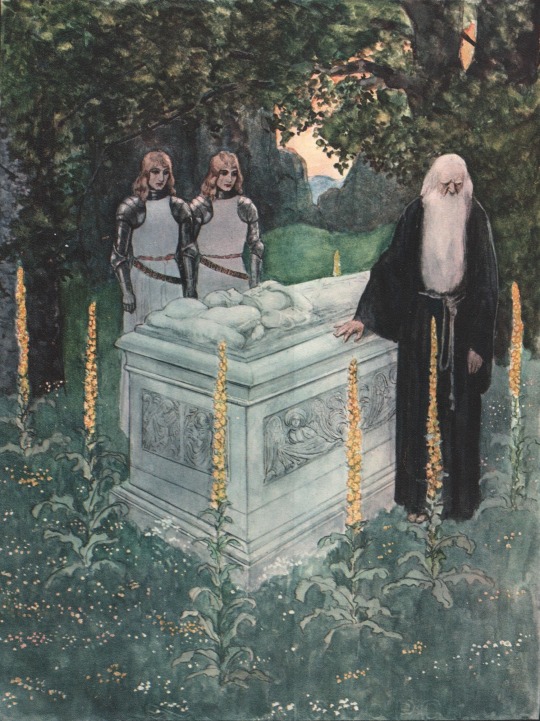



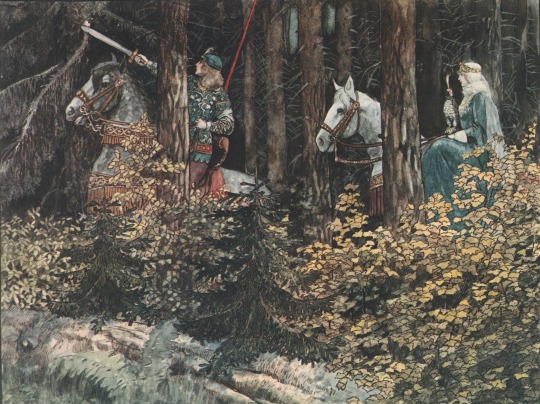


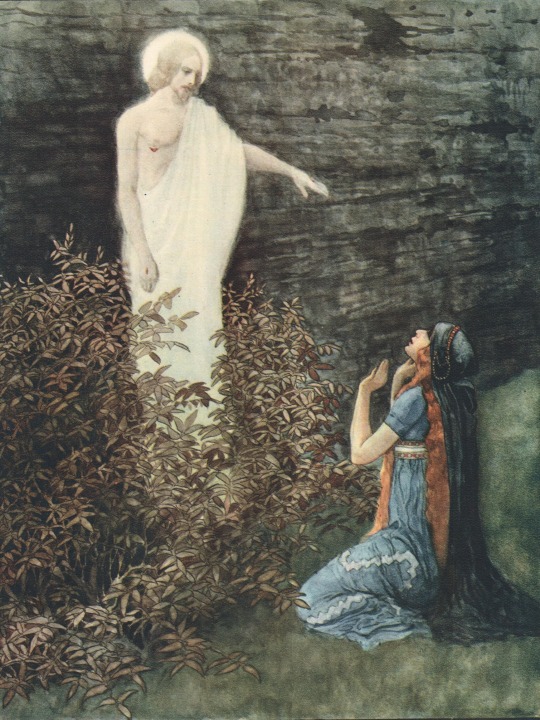
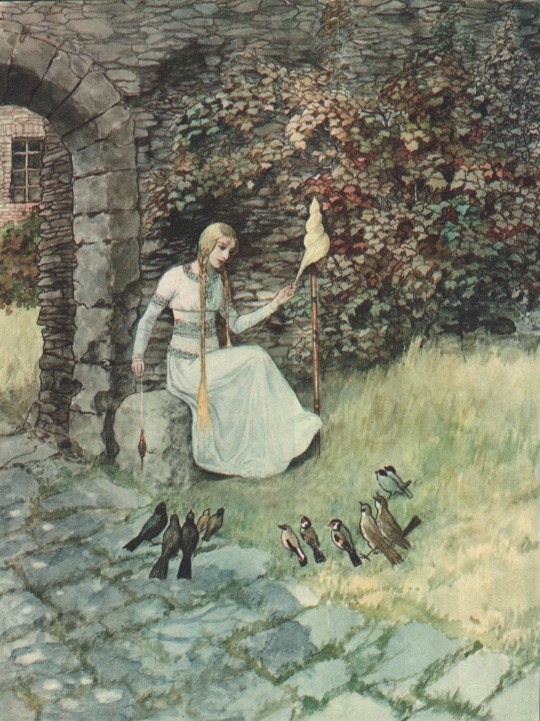

Illustrations of the Julius Zeyer’s Román o věrném přátelství Amise a Amila (1880) by Artuš Scheiner, part 2.
#artuš scheiner#julius zeyer#amis et amiles#ami et amile#amis and amiloun#chansons de geste#art#symbolist art#symbolism#secession#romanticism#new romantics#medievalism#illustration#literature
646 notes
·
View notes